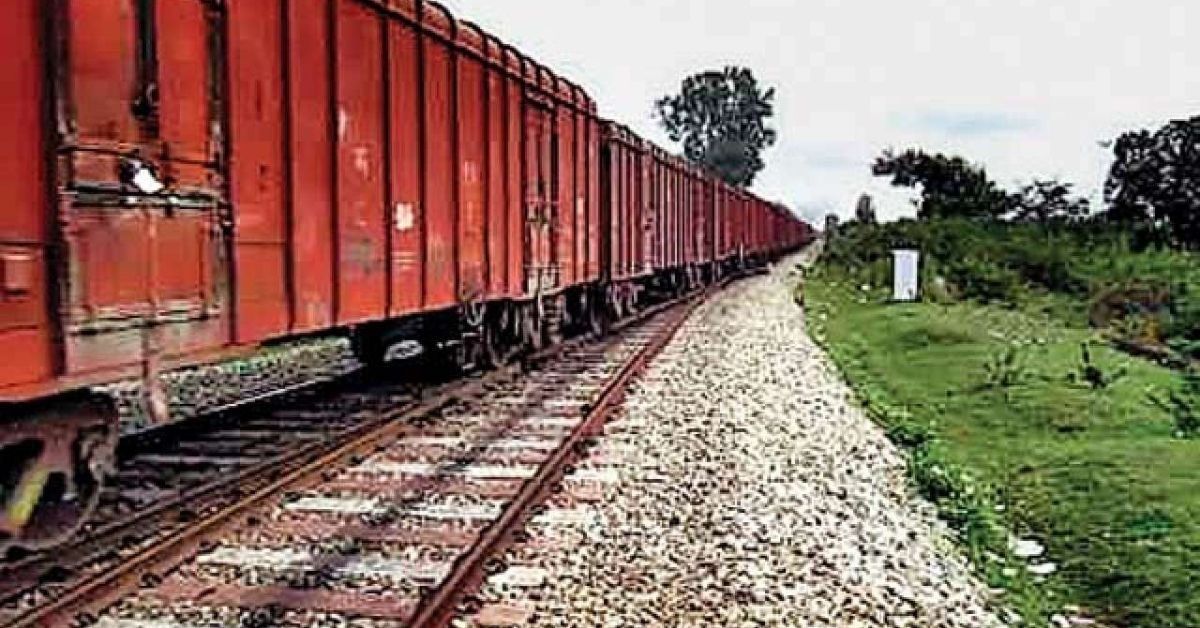Source: Business Standard
Due to a slow start in the financial year 2023-24 (FY24), Indian Railways registered a 5 per cent increase in its freight traffic despite a late push in the final quarter of the fiscal. The national transporter ferried 1.59 billion tonnes of goods in FY24, according to government sources.
The growth was primarily led by coal and iron ore, which have typically been the mainstay of the railways’ freight basket.
The national transporter achieved a loading of 787.61 million tonnes (MT) in coal (up 8 per cent) and 180.95 MT in iron ore (up 13 per cent). “Coal is carried mostly by rail, so the railways always benefits from increased coal production. Coal consumption in India is only going to increase, which will augur well for railway freight earnings in the future,” said Lalit Changra Trivedi, former General Manager of East Central Railway.
Meanwhile, miscellaneous goods fell by nearly 15 MT to 114 MT in the previous fiscal year. The drop in miscellaneous goods comes after two years of double-digit growth in the sector.
According to experts, if railways want to meet its target for its share in national logistics, it should register a growth of 1.2-1.5 times that of the national economy.
“At an economic growth of around 8 per cent, railways should be registering a Compound Annual Growth Rate (CAGR) of 10 per cent. However, it is at 5 per cent this financial year and 6 per cent on a CAGR basis over the past few years,” said Trivedi, adding that the railways need to do better.
Currently, 27 per cent of all goods in the country are moved via rail. The government aims to increase this number to 45 per cent by 2030.
The ministry had a target to achieve 2 billion tonnes of goods by 2024, in line with its goal to double its freight volumes to 3 billion tonnes by 2030. However, this target has been missed as capacity expansion works usually result in traffic blocks, leading to decreased movement of both passenger and goods trains.
The volumes of transportation of foodgrains fell by 28 per cent to 51 MT in FY24. Experts suggest that a cut in allocation under the Pradhan Mantri Gareeb Kalyan Anna Yojana (PMGKAY) and lower wheat procurement could be the reason for the reduced volumes.







